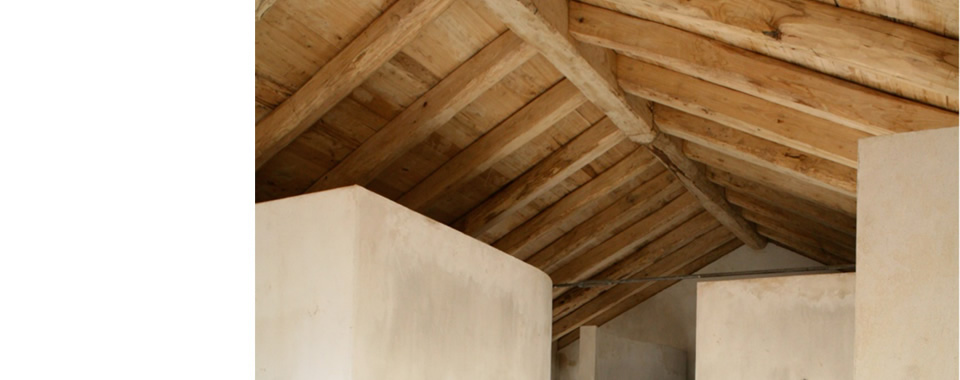

Score - Sustainable Construction in Rural and Fragile Areas for Energy efficiency
Guidelines for Integrated territorial Planning:
Photovoltaic
The following guidelines come from a deep analysis of case studies, norms and regulations, in relation to the local level. This analysis is summarized in a card that can be downloaded in Greek.
The green house effect and its great environmental impacts have caused intense discussions for the design and implementation of a more environment friendly fuel mix in the European Union. The photovoltaic (or solar cells) technology is a green energy source that uses the abundant solar irradiation to produce electricity. The most widely known and installed technology used is the silicon solar cells (amorphous, semi-crystalline, crystalline in accenting efficiency rating order). Many other technologies are being examined e.g. CdTe. CIGS, multi-junction cells etc, capable of producing electricity at high efficiencies but each has its disadvantages (Cadmium toxicity, Tellurium and Selerium scarcity, high cost etc).
Silicon solar cells are being widely used as they are relatively affordable (especially in large scale applications such as solar parks or big hotels where the scale economies are applied), they have big life time (over 20years), they function silently and they can produce electricity to cover the energy needs of a building or sell it to the grid for monetary profit.
Photovoltaic systems are very popular in hotels and in general in the accommodation facilities industry for covering a large proportion of their energy needs. Batteries are used to this end in order for sufficient energy to be provided where there is little or even no solar irradiation. In Greece the state in order to facilitate the diffusion of photovoltaic technology tried to attract investors with high prices per kwh for them to sell the produced energy to the grid. But on the other hand the extended bureaucracy that exists in the Greek public sector can lead to extent waiting periods for licensing of new investments like solar parks. Hopefully, the companies that are in charge of installing these systems are also responsible for the licensing procedure as they are aware of the whole process and they are able to complete it more easily and quickly.
However, further steps have to be made in order to facilitate the process of licensing and the existing regulations, as well as the dissemination of the installation of photovoltaic systems, as well as their impacts on energy efficiency.
Indication for the Bio-construction Action Plan
Pursuant to the guidelines written above, are here synthetically reported the criteria/examples for pilot projects to be financed in MED territory, in relation with the specific treated theme. These criteria/examples, together with the ones resulting from all the themes of eco-construction tool matrix, will make up a Bio-construction Action Plan for each partner’s country.
- Projects focused on the best practices regarding the installation of photovoltaic systems at houses, public buildings and spaces, hotels etc. including financial and energy data, aiming at promoting this technique by showing its advantages and perspectives.
- Projects that aim at developing tools and software for the calculation of the existing solar capacity in different areas and will propose precise installations according to the needs of every separate building.
- Projects that will propose different types of photovoltaic installations that will respect the architectural character of rural and fragile areas as well as their regulations and norms.
Possible criteria for MED bio-housing quality certificate
Despite the fact that photovoltaic systems constitute a basic application for the exploitation of solar energy, international green building certifications offer just a few references on this technique. The same scarcity of information also exists in the “Regulation for Buildings Energy Performance” (KENAK) that constitutes the normative regulations for the implementation of Law 3661/08 according to the Directive 2002/91 EC. Moreover, in the guide entitled “Bioclimatic Design of Building” implemented by the Technical Chamber of Greece (TEE), the need for the exploitation of renewable resources is mentioned in many sections, but there is no reference on photovoltaic. This fact constitutes a major weakness of the existing guidelines and could be considered while creating the MED bio-housing quality certificate.
Case studies
Installation of autonomous photovoltaic system that covers the needs of a residential building in Rhodes
